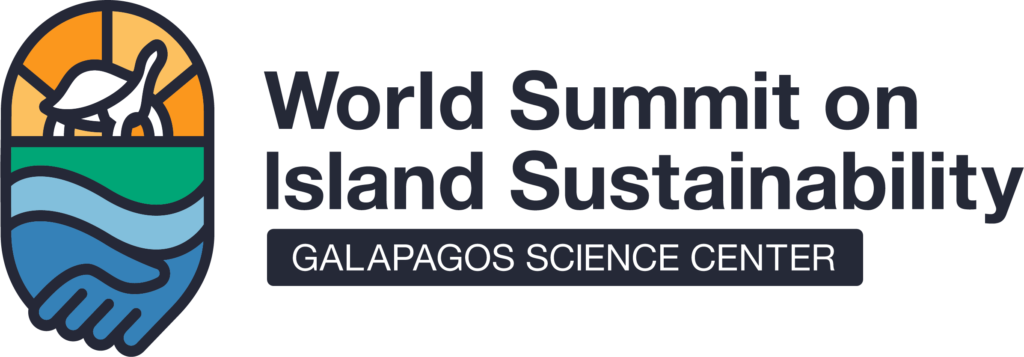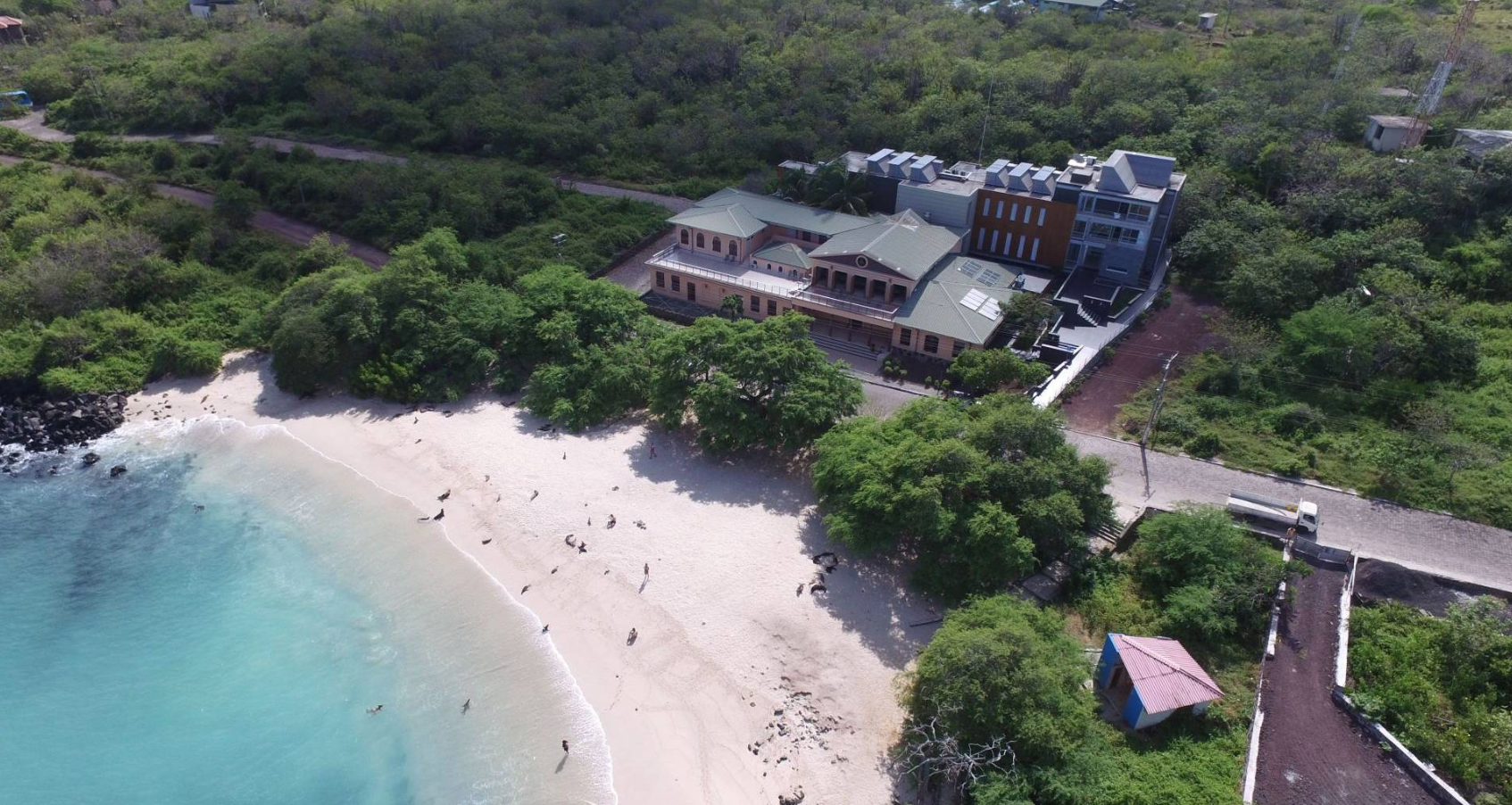PUBLICATIONS

Canine vector-borne parasites in the Galapágos
Endemic species of the Galápagos Islands are vulnerable to newly introduced pathogens, often transmitted through invasive hosts. One example is invasive parasitic arthropods, whose evolutionary success is linked to their association with domestic animals present in the archipelago. This interaction poses a significant risk, as these parasites can switch hosts and facilitate pathogen transmission between domestic and wild species.
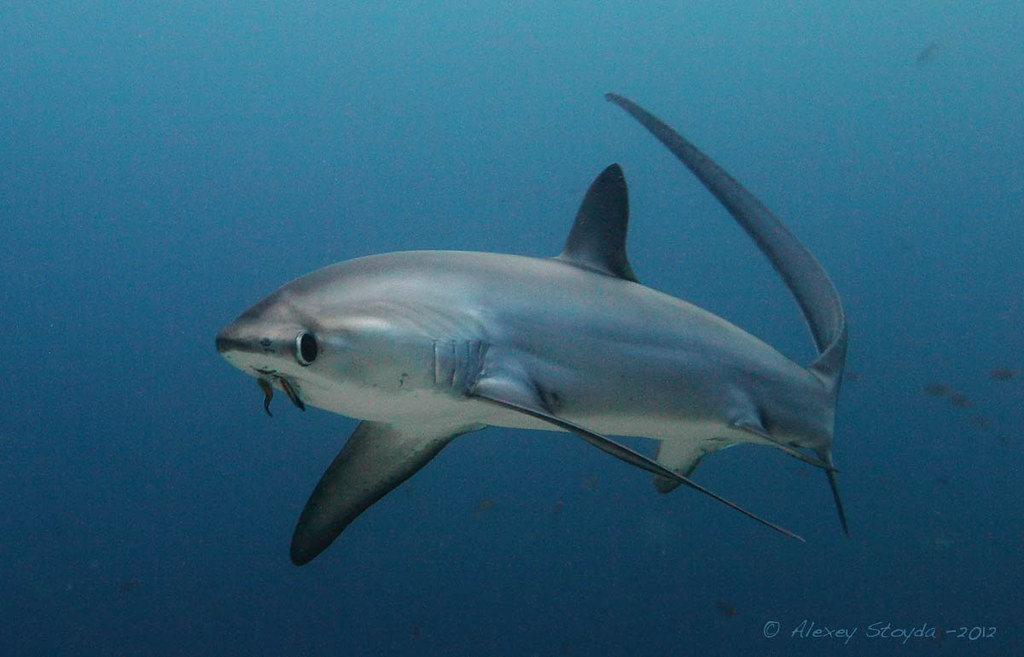
Ontogenetic feeding shifts in two thresher shark species in the Galapagos Marine
Thresher sharks are key predators in the marine ecosystems of the Tropical Pacific Ocean, playing a fundamental role in maintaining ecological balance. They primarily feed on squid and small fish. This study aims to assess possible ontogenetic changes in the feeding habits and habitat use of two thresher shark species (Alopias pelagicus) and (Alopias superciliosus) inhabiting the Galápagos Marine Reserve (GMR), aspects that remain poorly understood in the region.
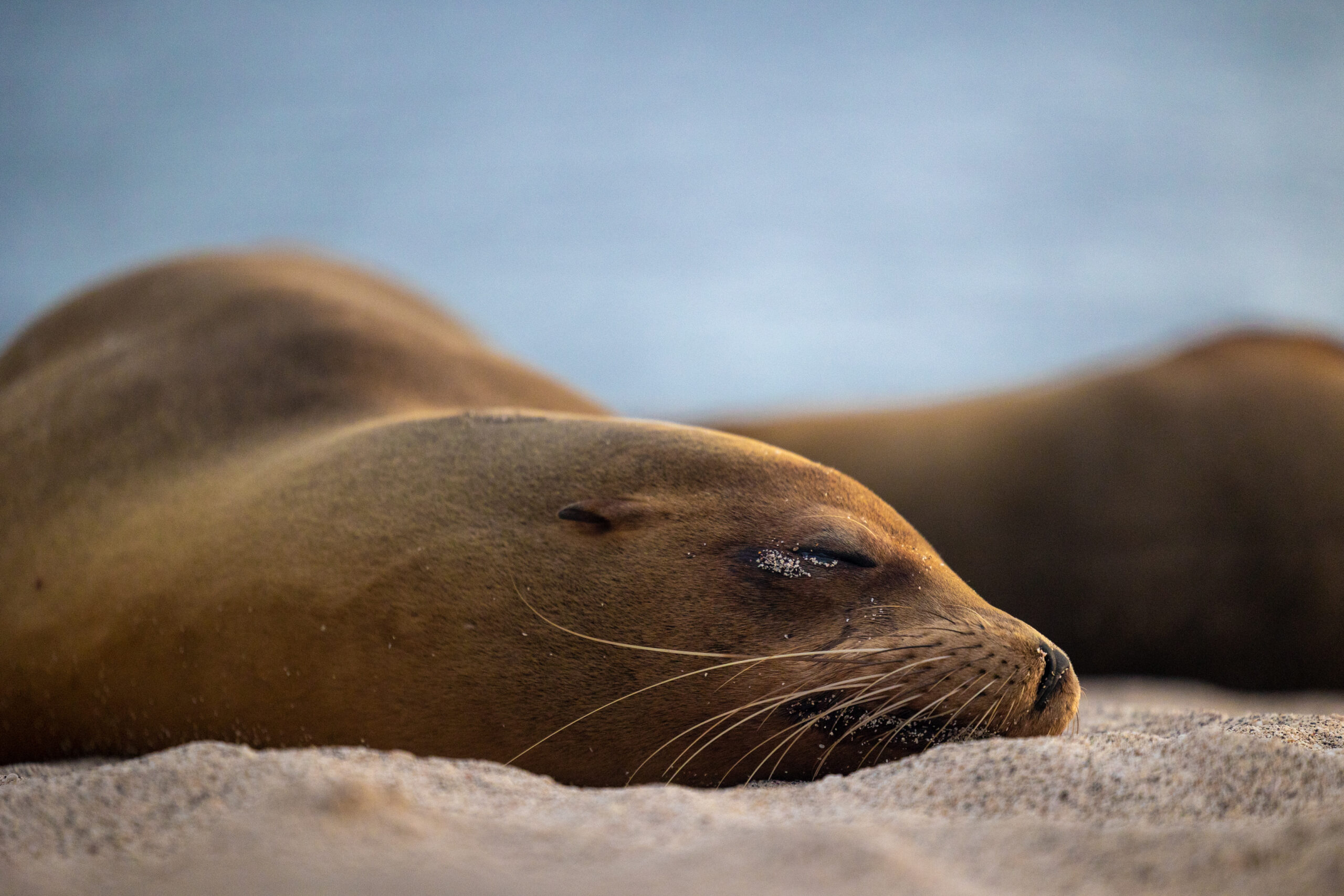
Molecular Discovery of Filarial Nematode DNA in an Endangered Wild Pinniped (Galapagos Sea Lion, Zalophus wollebaeki)
Environmental changes contribute to the arrival of non-native species and their pathogens in sensitive ecosystems such as the Galápagos Islands. This poses a significant risk to the archipelago’s unique species, including the Galápagos sea lion (Zalophus wollebaeki), an endemic and endangered animal that faces the threat of contracting diseases from introduced domestic animals.
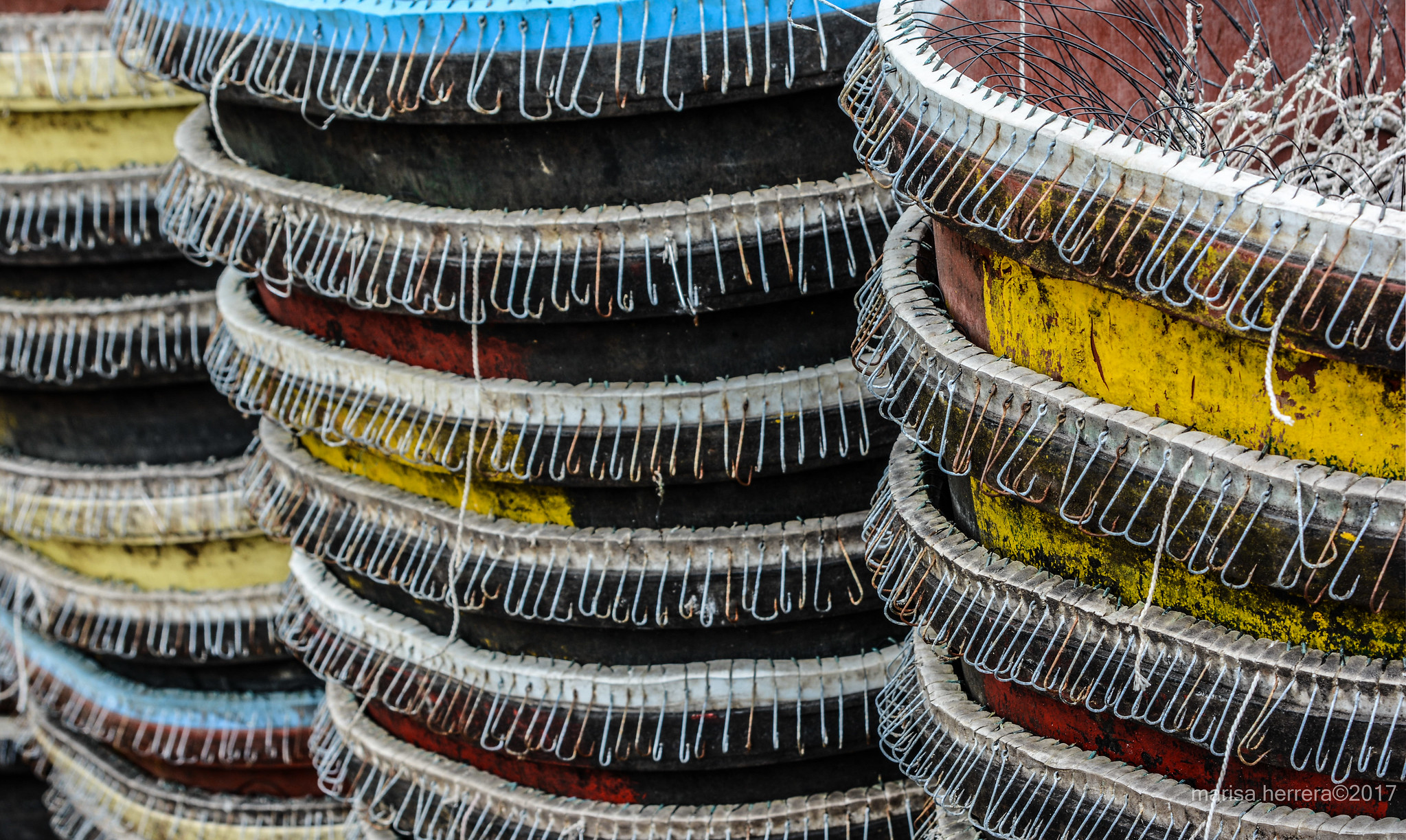
Commentary: “Addressing illegal longlining and ghost fishing in the Galapagos marine reserve: an overview of challenges and potential solutions”
The commentary on the article “Addressing illegal longlining and ghost fishing in the Galapagos marine reserve: an overview of challenges and potential solutions” by Alex Hearn and Santiago Bucaram questions the proposal to develop an open water tuna fishery, warning about the risks of legalizing harmful fishing practices for the marine ecosystem. Additionally, they analyze the challenges faced by the Galapagos due to the use of illegal longlines.
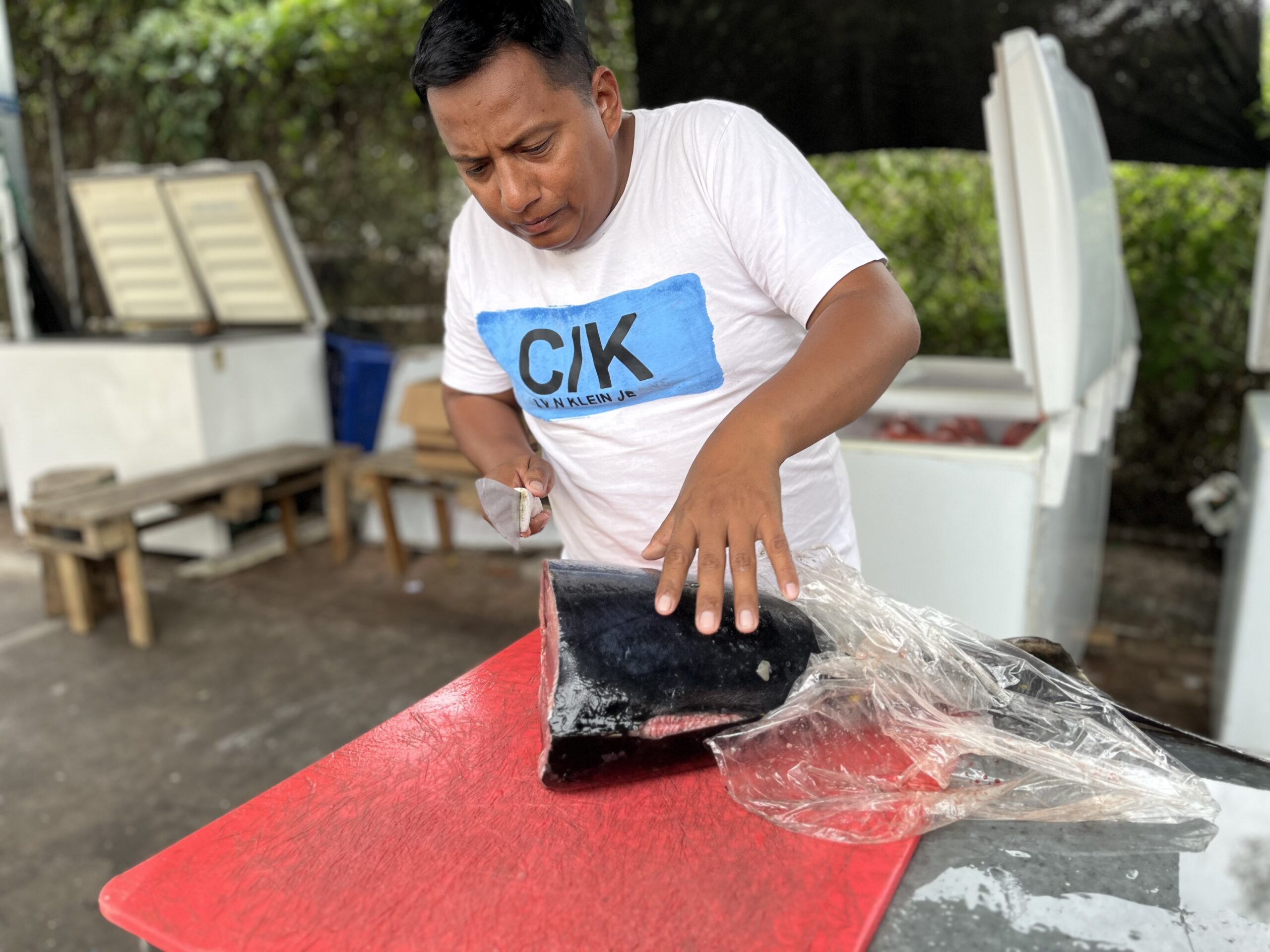
Assessing economic losses in artisanal fisheries from marine plastic pollution in coastal Ecuador and Peru
This study reveals that the artisanal fishing sector along the coastal regions of Ecuador (excluding Galapagos) and Peru faces significant economic losses due to the considerable presence of marine plastic debris which directly impacts productivity.
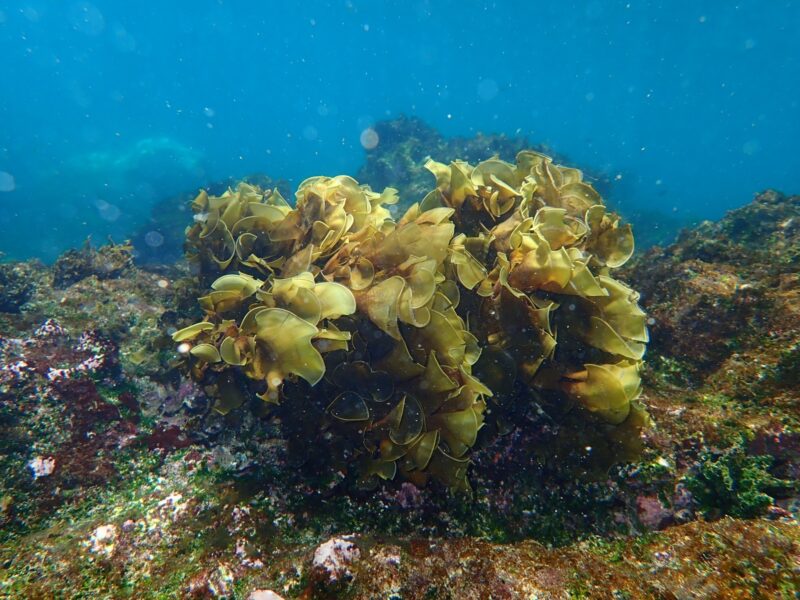
Nutrient enrichment can increase the thermal performance of Galápagos seaweeds
This study, published in Marine Ecology Progress Series, examines how nutrient availability can help marine macroalgae in the Galápagos Islands better adapt to higher temperatures—a challenge they face due to climate change. Macroalgae are essential aquatic plants for marine ecosystems as they provide food and shelter for many species. However, their ability to survive and thrive largely depends on environmental conditions, such as the amount of nutrients in the water.
Contact
-
Alsacio Northia Avenue, in front of Playa Mann,
Puerto Baquerizo Moreno, Galapagos - Ecuador - (+593) 2 297 1700 ext. 1857
- info@galapagos.lol

